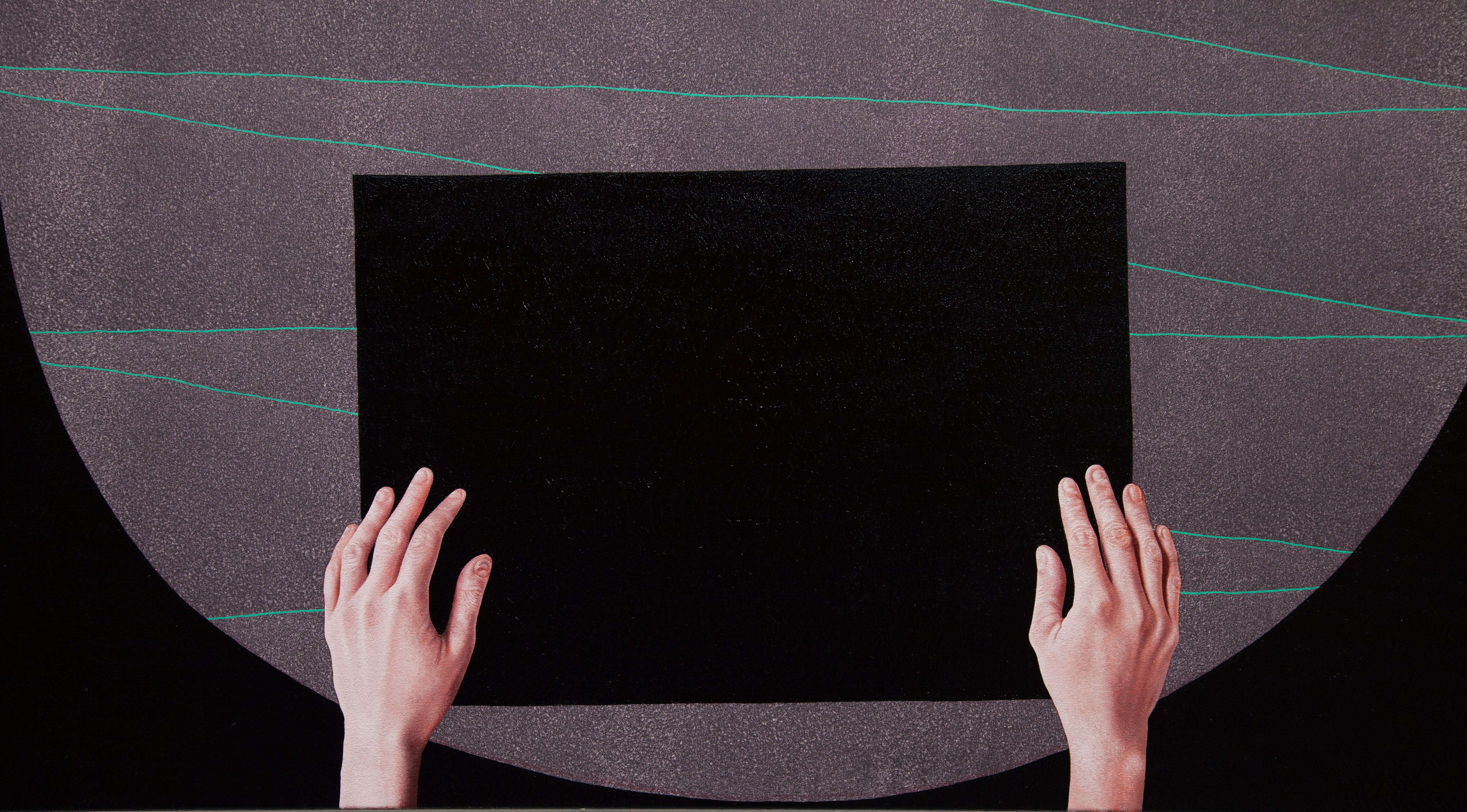We are pleased to announce our first inclusion in the Galleries section of the fair where we will be presenting works by:
Baseera Khan, Brian O'Doherty, Veronika Pausova, Emily Mae Smith, and Jesse Wine
Simone Subal Gallery will present new and historical work from a cross-section of our program, featuring works by Baseera Khan, Brian O’Doherty, Veronika Pausova, Emily Mae Smith, and Jesse Wine. The works on view put into new understanding the evolving nature of identity, the perniciousness of the art historical canon, the meaning of the creative act, and the construction of symbolic meaning.
Baseera Khan’s highly poetic and political art practice uses their body as a site to investigate how subjectivity is shaped by social environments and capitalist systems. Personal experiences of being surveilled and how this coincides with the construction of gender and their Muslim identity greatly informs Khan’s work. Khan melds a diverse range of themes from subgenres of indie rock to interpretations of the Koran, often emphasizing cross-cultural and post-colonial themes, as with their Columns series. Khan’s work belongs to the collections of the Solomon R. Guggenheim Museum, Walker Art Center, and Kadist Foundation.
Brian O’Doherty is one of the most influential artists and critics of the past sixty years. Famously, O’Doherty authored Inside the White Cube in 1986. He has penned several novels, was editor of Art in America, and practiced medicine. O’Doherty, whose work was recently acquired by the Metropolitan Museum of Art, has made art under several pseudonyms and personas; these performative acts question authorship and gender norms. The works on view are from the late 1960s and early 1970s, a time in which O’Doherty made his seminal Ogham sculptures: minimal, refined columns that have etched upon their mirrored surfaces inscriptions from the ancient Irish alphabet.
Veronika Pausova utilizes a precise visual vocabulary in paintings that engage in imaginary games, straddling the line between reality and its perception. Her approach is best described as mathematical surrealism, and this method allows her to shift the meaning of her characters from one painting to the next. In her disembodied environments, familiar forms, especially of the gendered feminine subject, question the stability of perspective. Her formal strategies in combination with her hyper-realistic depiction of fragmented body parts and things create an otherworldly realm.
Emily Mae Smith’s paintings reflect the complexity of our time and personhood. She is particularly interested in Neo-Classical and Symbolist works as they delve into the subconscious. Smith’s unique visual language re-works art history’s exclusion of the inner lives of women. Her critique is bound up in her assessment of the present day and the ways women have traditionally been represented as either muse or femme fatale. Her most recent paintings, some now in the collections of the Whitney Museum of Art and Le Consortium Dijon, display trenchant social critique through the cipher of remarkably rendered compositions.
Jesse Wine’s practice subverts a conventional understanding of ceramics in order to question art’s relationship to class, identity, and the politics of representation. His self-contained objects meditate on the nature of the creative act and the ways physical and metaphorical displacement compresses historical time, while combining elements of figuration and abstraction. Wine has found how the shapes of the past resonate today, how the objects of Henry Moore, for instance, made in the anxiety filled years of interwar Britain mirror the uncertainty felt by many presently. Wine currently has a solo exhibition at the SculptureCenter in Long Island City, New York.




